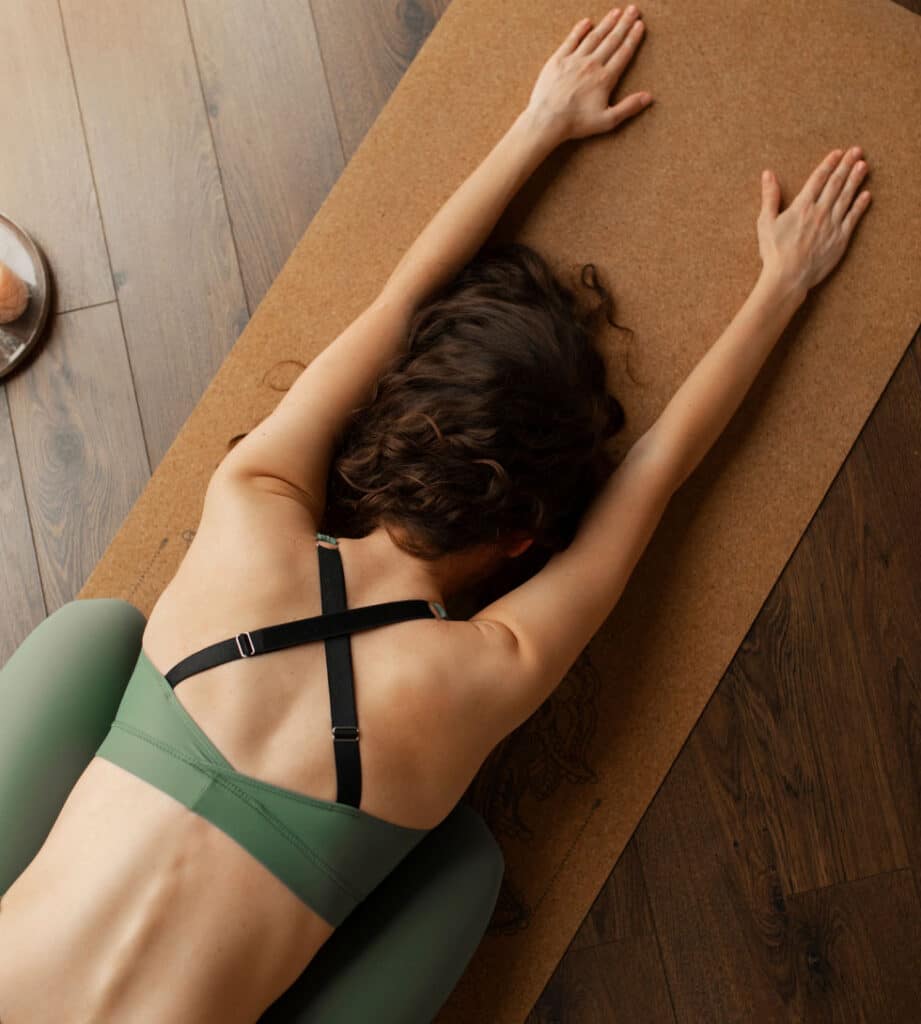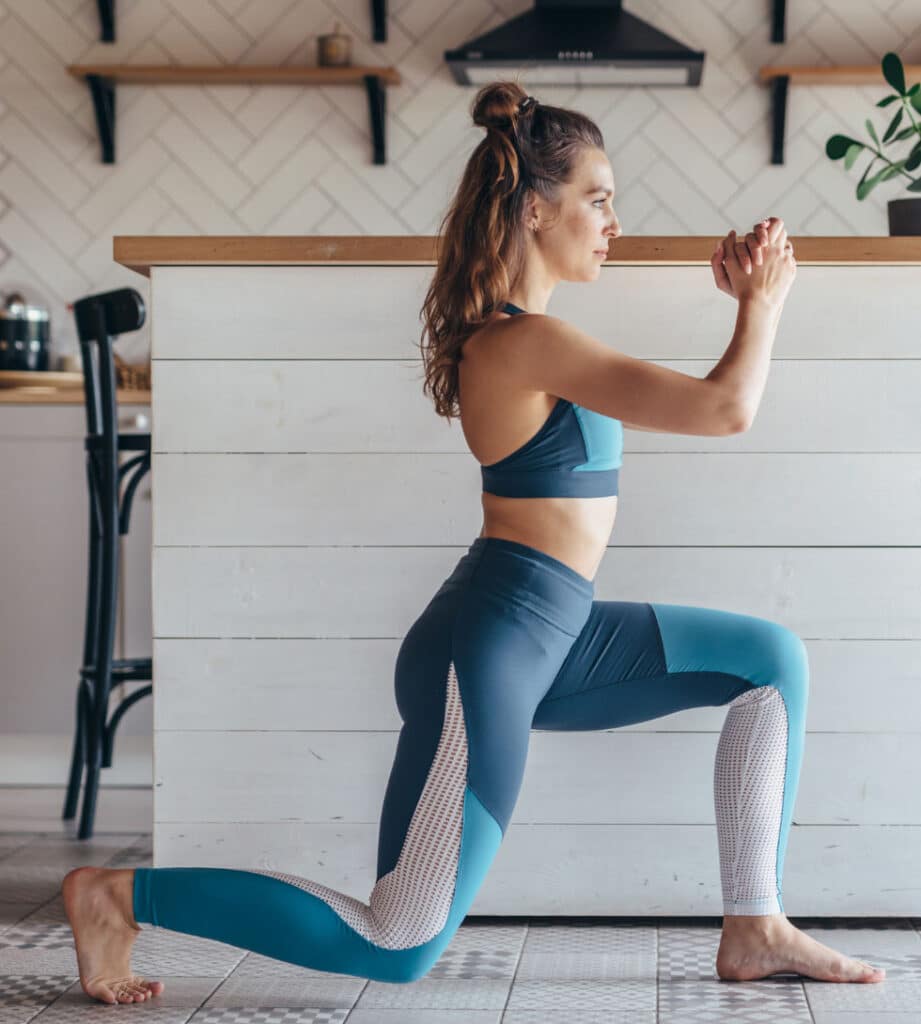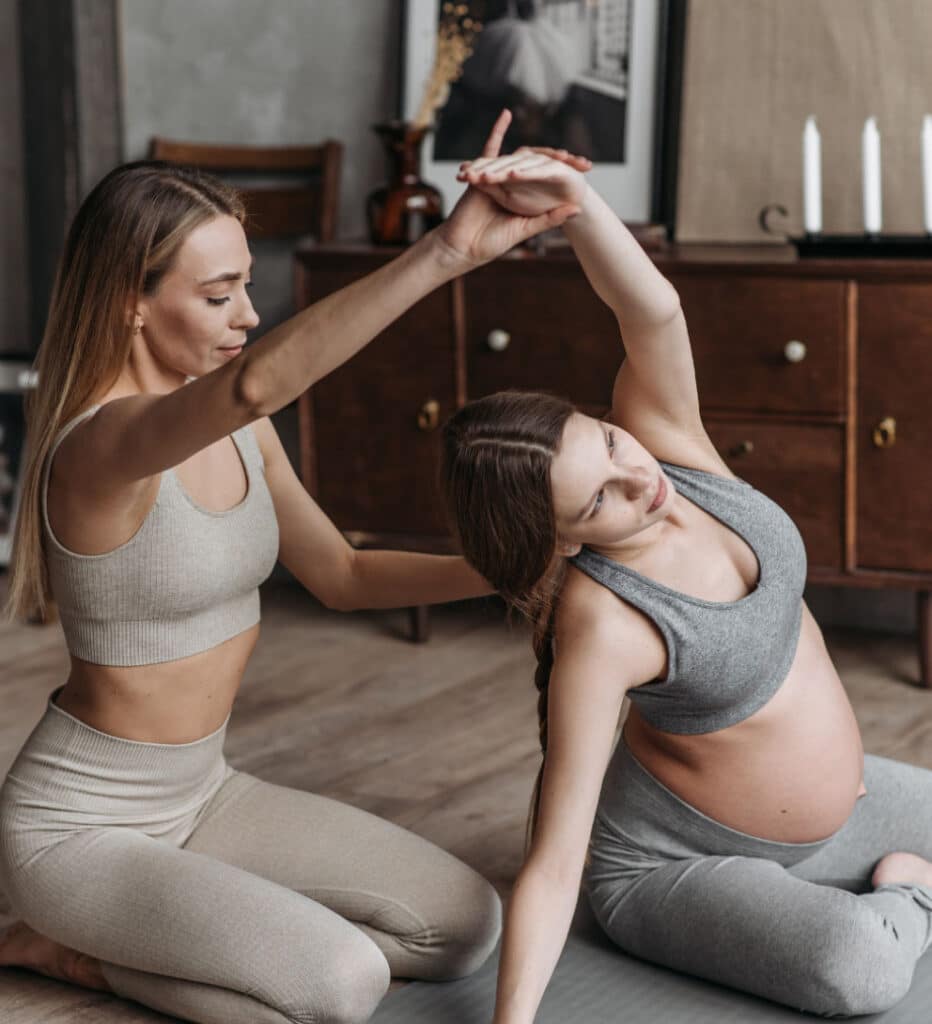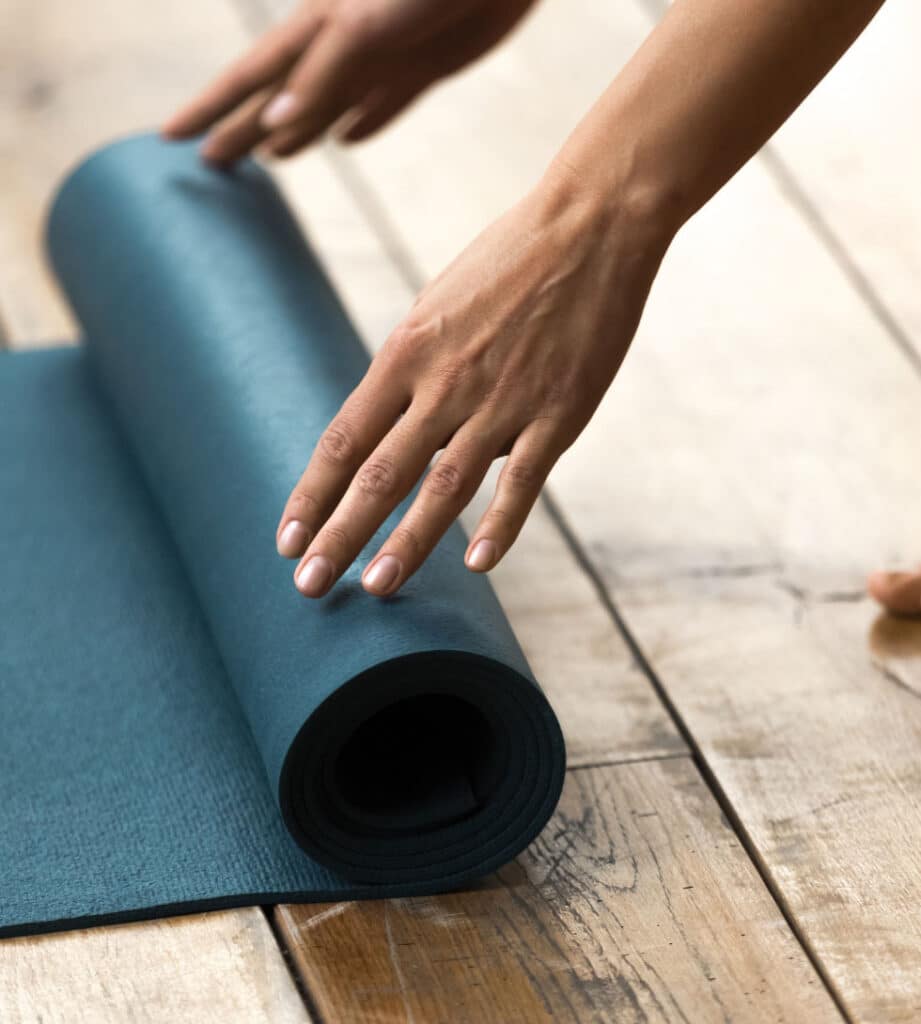
Definition of Pilates
The Pilates method was created in the 1920s by Joseph Pilates to strengthen the entire body, improve posture, flexibility, and balance.
It’s an adaptable, holistic, and personalized exercise system.
Pilates focuses on breathing, coordination, and postures alignment exercises that emphasize the development of deep muscles.
Regular practice of the Pilates method allows for a better understanding of one’s body, both its strengths and weaknesses.
The Principles of Pilates
Pilates is based on several fundamental principles to help you achieve the best results :
– Breathing to connect the body and mind.
– Concentration to perform exercises with precision
– Control to maintain good posture and stay aligned throughout the session.
– Centering, focusing on the deep abdominal muscles, to be strong enough to coordinate and control movements.
– Precision to achieve the goal of each exercise.
– Flow of Movements for smooth and seamless exercises.


The Benefits of Pilates
Muscular strengthening of the deep core muscles, such as the abdominals, back muscles, and pelvic floor muscles. This prevents back pain and injuries.
Improvement of flexibility through dynamic stretching to enhance joint mobility. This can help reduce muscle tensions and stiffness.
Breath enhancement, body oxygenation, and stress management through exercises that rely on deep and controlled breathing.
Concentration and coordination strengthening through exercises that aid in improving proprioception (body awareness) and overall coordination.
Correction of body posture through a set of exercises designed to work on all muscle and ligament planes rather than focusing on a single body area.
A tailor-made method
Pilates can be tailored to meet individual needs, whether for rehabilitation after an injury, to enhance overall health, for athletic preparation, or simply for getting in shape.
It can be practiced in a studio, at home, with an individual instructor, in person, or through video sessions. There’s no need for expensive equipment to practice Pilates.
Comfortable attire and a floor mat are the only essentials to begin Pilates practice. Some inexpensive accessories such as balls, resistance bands, and Pilates circles can also enhance your workout.

Pilates & Yoga
A beneficient synergy to revitalize your body and mind
Movements to enhance your energy and tone your body
Definition
Meditation, flexibility, and care for the mind, body, and soul.
Strengthening all muscle groups, correcting posture, and relieving chronic pain or muscle tension.
Objective
Enhancing flexibility, muscle strength, relaxation, and mental well-being.
Concentration, Strength, Breathing, Control, and Fluidity of Movement.
Method
Postures, Breathing, Concentration, Relaxation, Meditation.
Body, physical well-being, and pain relief.
Benefits
Harmony of body and mind, mobility, relaxation, and overall well-being.
Pilates session at home
Questions & Answers
Pilates is suitable for both beginners and experienced individuals, regardless of age or fitness level, unless you have a medical contraindication.
It is recommended to consult a healthcare professional before engaging in any physical activity.
Sessions can be tailored for individuals or conducted in group settings, either at home or in a specialized studio.
Pilates exercises can be adapted to meet the specific needs of each person, whether it’s to alleviate chronic pain, improve mobility, or simply get back in shape.
Are you undecided between an online video session or an in-person one?
Contact us at +33 (0)6 73 34 15 29 or through our contact form.
We’ll advise you based on your needs and expectations, taking the time to determine the session format and the instructor who will best accompany you.
Discover ouryoga classes at home !
Home sessions can be booked by phone or through our contact form.
We will assess your needs together and ask you to provide information about any health conditions to ensure your comfort and safety.
Sessions can be modified or refunded up to 48 hours in advance. Any modification or cancellation must be notified via email at info@pilates-excellence.com.
There’s no need to choose between Pilates and Yoga, as these two methods complement each other.
Pilates primarily focuses on strengthening deep muscles, while yoga emphasizes flexibility, relaxation, and meditation.
Pilates is particularly beneficial for those looking to improve their posture, balance, and stability, as well as for individuals dealing with chronic pain or muscle tension. Yoga may be more focused on relaxation, meditation, stress management, as well as enhancing flexibility and muscular strength.
The choice between Pilates and yoga depends on personal preferences and goals. If you aim to enhance strength, stability, and posture, Pilates is the right option. If you seek to improve flexibility, relaxation, and mental well-being, yoga is the better choice
However, it’s also possible to combine both methods to enjoy the benefits of each.
A Pilates session typically begins with a warm-up to prepare the body. This may involve breathing exercises, stretches, and movements to mobilize the joints.
Following this, a series of structured exercises is performed with precision, fluidity, and control to target and activate deep muscles. The sequence of exercises is designed in a specific order to cultivate muscle balance in the body.
The session may conclude with relaxation exercises to help calm the mind and body.
Throughout the session, the Pilates instructor may provide verbal instructions to guide movements and offer physical corrections to maintain proper posture and alignment. Modifications to exercises may also be suggested to meet individual needs.
Newsletter
Receive our tips, news and updates
once a month in your mailbox!
